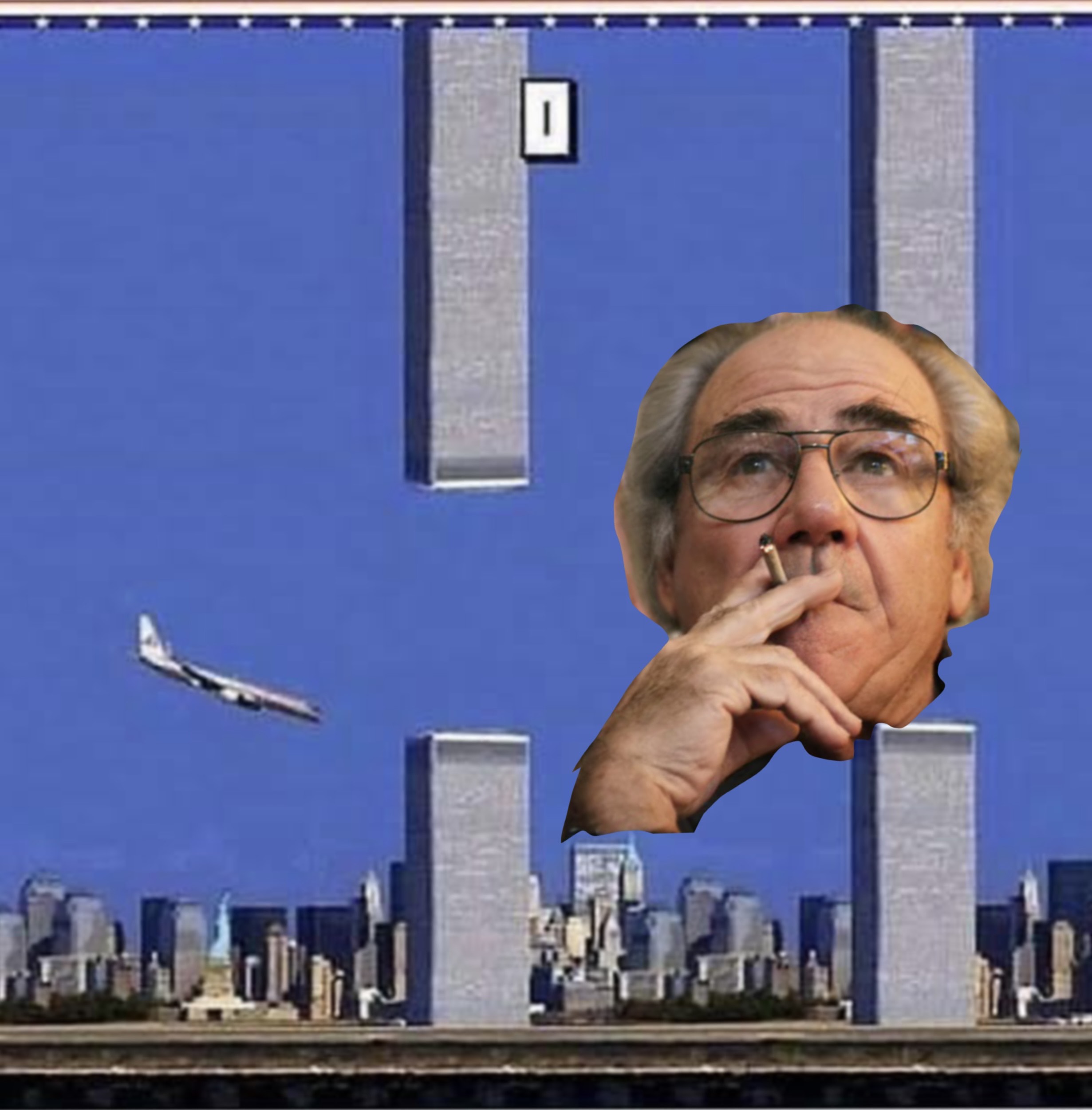Post-Capitalist Architectonics: Liminal Spaces by Hasan Cem Çal

Capitalist architecture was more or less about serialization and standardization, turning steel, metal, and bricks into smooth surfaces where anything and everything could easily slip without the slightest resistance or interruption. The epitome of this style of building was best exemplified by the international type of skyscrapers in the 90s which resemble black cubes, transparent-looking but perfectly opaque, erecting with devilish grace from the ground, hiding away the secrets of the world. They were the buildings by which the process of copying, of duplication, became the modus operandi of architecture, for the simple reason that they were seemingly copying themselves in space, increasing throughout the cities, sprawling like a concrete virus, just as the thing they rather represent obscenely: Capital. The proliferation ad infinitum was, first and foremost, how capitalist architecture existed.
Of course, this was not always the case. That was the era where the multipolar world order ceased, the global stock market crashes became the norm, and the maxims of neoliberalism turned into axioms for the system without which nothing could ever be valued or revalued. It was the era where capitalist architecture reached its perfect form: the complexes of office halls that were anemic inside out. Before that came the Gothic era, the era flatulently imagined in the work of Ayn Rand, the objectivist era where the constructions were planned by the architects hypersensitive to detail who did not like smooth surfaces but preferred instead the stratified shapes of the Art Deco, who provisioned the city bearing in mind that it was a zone of competition, of commodity exchange, of capital accumulation, of distribution of goods, and of oscillation of money. Because of that, they built skyscrapers that reached new heights one after the other to render capitalistic competition in architectural terms. Yet all that came to a dead end in the 90s, the decade when capitalism ceased to be a system but became a reality.
Even though they were built in the 70s, the perfect example in this regard were the World Trade Centers which imploded top to bottom at the onset of the 00s, exactly contrary to how they were built. A perfect skyscraper which nonesuch has ever been seen because it was already doubling, rendering any rivalry impossible by mirroring itself to itself, by being born into the world in the image of twins, as analyzed by none other than Jean Baudrillard. After the towers’ collapse, which was the perfect specimen of the self-destructive tendencies of the system and its need for justification for the act of war spreading into foreign lands (the Middle East in this instance), nothing could ever be like before, or so it was thought. The idea, or the hope, was the possible disintegration of the system, dissolution of capital, and symbolic enforcement through which capitalism would crumble under the immense pressure to sacrifice itself in one form or another. Instead, what happened was the total opposite. What happened was structurally speaking the implosion of the world on every level possible induced by the atmosphere of insecurity coupled with ambiguity and ambivalence, which would render everything elusive, unknown, and alien. This was a time of significant withdrawal. The horror of the outside was so immense that even the inside became a zone of horror.
As a result, capitalistic architecture has mutated. Under the circumstances of post-9/11, the duty to build skyscrapers was assigned to the so-called “second-world” countries, to China, Russia, and developing countries of the Islamic sphere of the world, where capital recklessly flows in line with “first-world” countries. What remained for the hyper-modernized countries of the world was to build a type of architecture in tune with the system and this would not be a concrete thing due to the ever-growing abstraction of capital and cybernation of labour which functions not with discipline, but surveillance. The attention was turning to cyberspace rather than meatspace, and the consequences of that would be decisive. What was growing was an architecture, not of exteriority but interiority, an architecture that cuts off any connection with the outside, which folds into itself, becomes isolated, even barren, and turns into a perfect symptom of the system after the act of implosion: liminal spaces.
Liminal spaces are the spaces of post-capitalistic conditions, not that they are futuristic in any sense, but that they are non-futuristic in every sense of the word. These spaces are without time, people, or any trace of imperfection. They are hyper-hygienic, lacking a connection with the outside that can mark them with a stain and thus become post-capitalistic. The only stigma they exhibit is the one marked by accumulated capital, in which both the use- and exchange-value, and even sign-value are rendered obsolete and the only thing left is the senseless exhibitionism of capital per se. The reason why liminal spaces are often showcased as emptied shopping malls is an indicator: there is no other space whatsoever where capital accumulates itself. It is where people are objects; the subject is Capital.
These spaces are the ones that mark our contemporary world, where the future is already canceled, and the spaces we once inhabited are emptied out. It is a different vision of post-capitalism and of post-capitalist architectonics: not the abandoned places but the places that are perfectly intact but somehow left alone. They are the spaces of the Capitalocene rather than the Anthropocene, and they are rightfully called liminal because they are at the threshold; they both carry the ghost of us and crystalise capital-without-us. Unsurprisingly, liminal spaces are only an image; they too are ghosts. They envision a future devoid of human presence, a future deprived of humans, a future in which human existence is cleared out for good. For that, they can also be seen as monuments of inhuman architecture. If they are post-capitalistic, it is because post-capitalism to us is only an image, an image in which we are absent and with which we disappear in advance.
